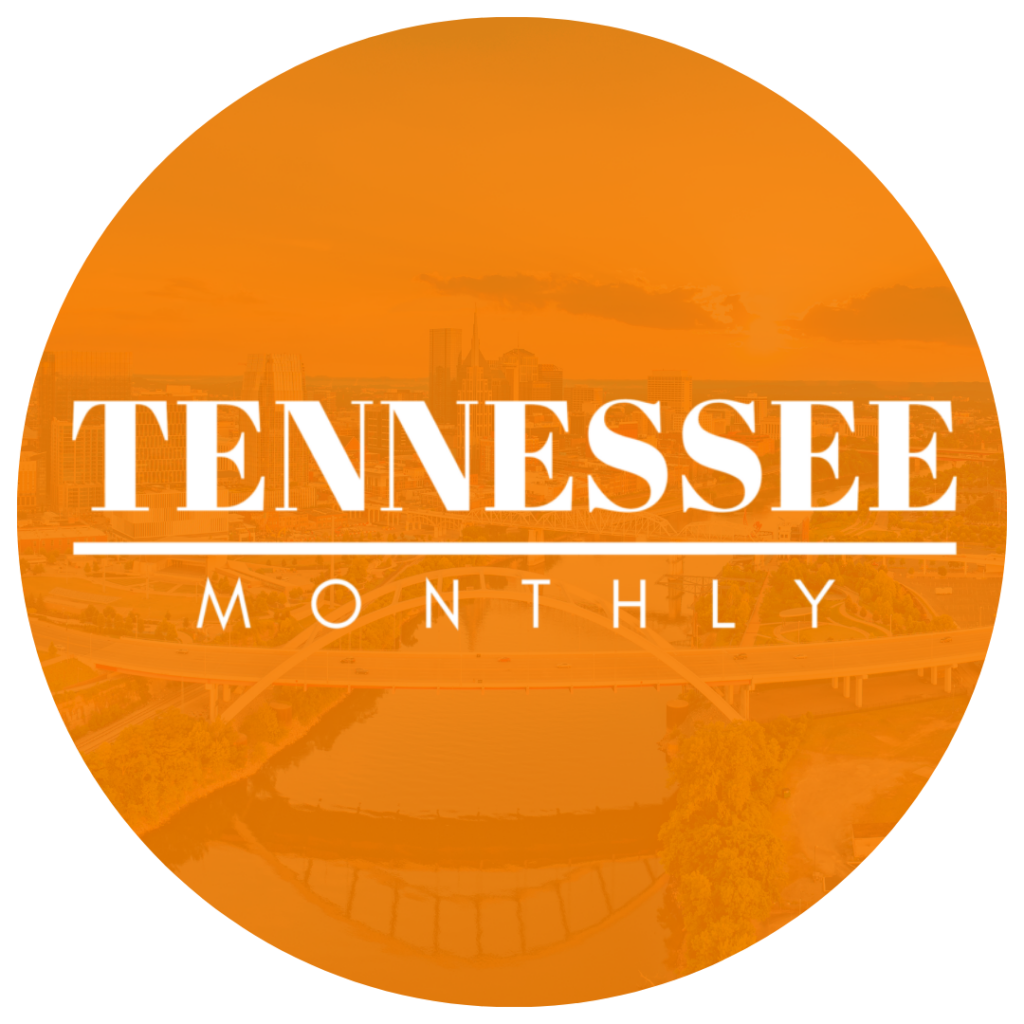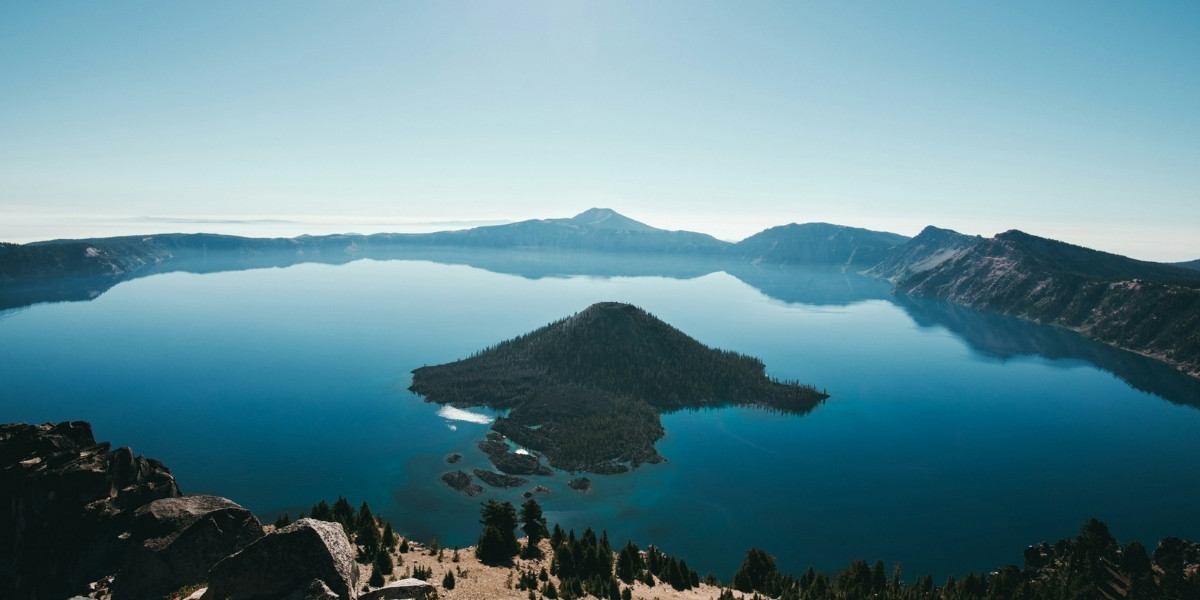What Is the Bermuda Triangle and Why Does It Captivate Public Imagination?
The Bermuda Triangle, also known as the Devil’s Triangle, is a loosely defined region in the western part of the North Atlantic Ocean, roughly bounded by Miami, Bermuda, and Puerto Rico. It has captivated public imagination for decades due to reports of unexplained disappearances of ships and aircraft within this area. These mysterious events have spawned countless theories, blending scientific inquiry with cultural narratives, legends, and conspiracy theories.
The Bermuda Triangle’s enigmatic reputation began gaining attention in the mid-20th century, with high-profile disappearances fueling speculation. Stories about lost vessels and planes have been popularized by books, documentaries, and movies, making it a symbol of unexplained phenomena. Understanding the Bermuda Triangle requires separating myth from fact, analyzing scientific explanations, and recognizing how cultural stories shape public perception.
Read Also: Explore Tennessee’s Resorts: From Urban Luxury to Nature Getaways
What Scientific Explanations Have Researchers Proposed for the Bermuda Triangle Phenomena?
Scientists and experts have investigated the Bermuda Triangle’s mysteries extensively, seeking rational explanations for the reported incidents. Many explanations focus on natural environmental factors rather than supernatural causes. One significant factor is the region’s volatile weather patterns. The Bermuda Triangle lies within the hurricane belt, experiencing frequent and sudden storms capable of overwhelming ships and aircraft. Sudden squalls and water spouts also pose threats to navigation. Oceanographic phenomena such as methane hydrate eruptions have been suggested. These eruptions can release gas bubbles from the seafloor, potentially reducing water density and causing ships to lose buoyancy and sink rapidly.
Magnetic anomalies were once hypothesized to disrupt navigational instruments, though modern studies show magnetic variations in the area are similar to other parts of the ocean. Human error and mechanical failures also contribute significantly. The Bermuda Triangle sees heavy maritime and air traffic, increasing the probability of accidents.
How Do Cultural Narratives Influence Perceptions of the Bermuda Triangle?
Cultural narratives have amplified the Bermuda Triangle’s mystique. Media portrayals often emphasize the unexplained, presenting stories of disappearances without context or scientific analysis. This framing fuels fascination and fear. Legends often invoke supernatural elements, including alien abductions, underwater cities like Atlantis, or time warps. These narratives tap into human curiosity about the unknown and the desire for mystery.
The region’s enigmatic reputation also reflects societal anxieties about technological failures and nature’s unpredictability. The Bermuda Triangle acts as a metaphor for human vulnerability amid vast and uncontrollable forces. Cultural storytelling perpetuates the mythos, sometimes overshadowing scientific understanding and promoting skepticism toward rational explanations.
What Role Does Media Play in Shaping Bermuda Triangle Mysteries?
Media coverage has been pivotal in shaping and sustaining Bermuda Triangle myths. Early newspaper reports and magazine articles sensationalized disappearances, often lacking rigorous fact-checking. Books such as Charles Berlitz’s The Bermuda Triangle further popularized extraordinary claims. Documentaries, films, and TV shows have dramatized incidents, blending fact and fiction to captivate audiences. This blending sometimes blurs the line between evidence-based conclusions and speculation.
Social media and online forums continue to spread theories, sometimes introducing new interpretations or conspiracy theories. While this increases public interest, it also challenges efforts to promote scientific literacy. Responsible journalism and science communication are essential to provide balanced perspectives and counter misinformation about the Bermuda Triangle.
How Have Scientific Investigations Addressed Bermuda Triangle Incidents?
Scientific investigations focus on examining each reported incident individually, assessing environmental conditions, human factors, and equipment status. Many disappearances once attributed to mysterious causes have been explained through thorough research. For example, the loss of Flight 19 in 1945 was investigated extensively. Factors such as navigational errors, fuel depletion, and adverse weather provided plausible reasons for the tragedy.
Marine archaeology has explored shipwreck sites to understand accidents better. Advances in sonar, underwater robotics, and satellite tracking have improved capabilities to locate wreckage and analyze causes. Researchers emphasize that the Bermuda Triangle’s incident rate is not statistically higher than other heavily trafficked ocean regions when considering traffic volume and environmental hazards.
Read Also: How Rising Ocean Temperatures Are Affecting Our Planet
What Are the Broader Implications of the Bermuda Triangle’s Mythos on Science and Society?
The Bermuda Triangle serves as a case study in the interplay between myth, science, and culture. It highlights how mysteries can capture imagination and influence public understanding of natural phenomena. This dynamic demonstrates the importance of scientific inquiry and critical thinking in evaluating extraordinary claims. It also shows how cultural narratives can enrich storytelling but risk obscuring facts.
Educators and communicators use the Bermuda Triangle to engage audiences in learning about oceanography, meteorology, and navigation, turning fascination into educational opportunities. The continued interest in the Bermuda Triangle reflects humanity’s enduring quest to explore the unknown and make sense of the world.








